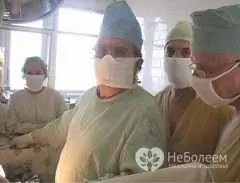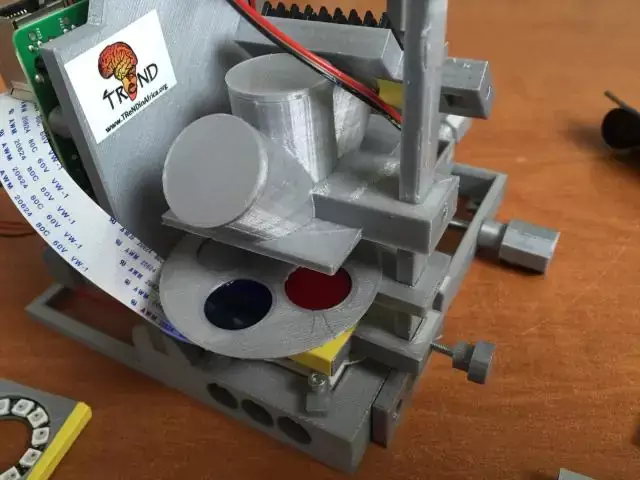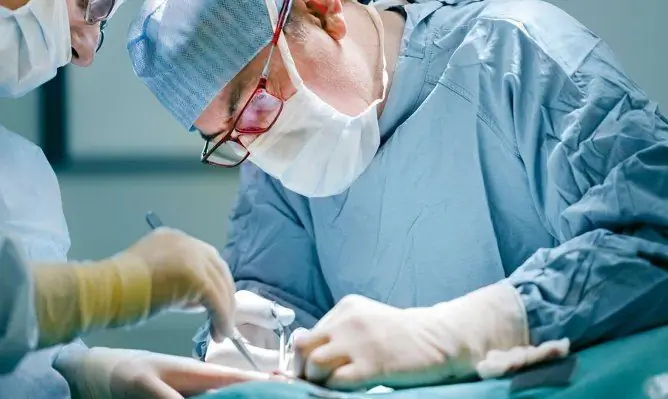- Author Rachel Wainwright [email protected].
- Public 2023-12-15 07:39.
- Last modified 2025-11-02 20:14.
Paraproctitis
Brief description of the disease
Paraproctitis is a purulent inflammation of the rectum. The disease usually affects men aged 20-50 years.

According to how the disease passes, acute paraproctitis and chronic are distinguished, and depending on the site of localization of purulent inflammation (fistula) - subcutaneous, ishiorectal, submucosal, pelviorectal (pelvic rectal) paraproctitis.
Paraproctitis: causes of appearance
Paraproctitis causes an infection that from the anal canal (from its crypts) penetrates into the anal glands, where it develops. The causative agents can be bacteroids, clostridia, other representatives of the anaerobic flora (in this case, paraproctitis is difficult, in 15-40% is fatal) or staphylococci, E. coli, streptococci (paraproctitis caused by these and other aerobic bacteria is successfully treated in most cases).
Deterioration of immunity (cases have been recorded when acute paraproctitis developed even after an acute respiratory viral infection), weight lifting, physical exertion, unhealthy diet, consisting of fatty, spicy foods, excessive alcohol consumption, frequent diarrhea or constipation, hypothermia contribute to the development of the disease.
In women, paraproctitis can occur due to underwear cutting into the perineum and traumatizing the skin of the anus.
Disease symptoms
Primary acute paraproctitis develops quickly, in 3-5 days.
The first symptoms of subcutaneous paraproctitis are redness of the skin around the anus, swelling, pain in the anus, increasing during bowel movements, stool retention, increased body temperature. If the abscess is located closer to the anterior wall of the anus, painful urination may occur.
Ishiorectal paraproctitis is visually determined already at the later stages - in the form of smoothing of the perianal folds, obvious gluteal asymmetry. Therefore, the reason for the medical examination should be a constant dull pain in the pelvis, rectum, which becomes stronger during defecation, a general deterioration in the condition, chills. A more detailed examination with this type of paraproctitis finds a thickening of the rectum above the anal canal and smoothness of the folds of the mucous membrane on the affected side. At the end of the first week of the disease, the local temperature rises, the seal comes out into the intestinal lumen, and can touch the urethra or prostate gland.
With submucous paraproctitis, the abscess is located closer to the lumen of the intestine, so pus can come out. The patient feels pain in the intestine, which is more felt during bowel movements, he has a moderately high body temperature.
Pelvic-rectal paraproctitis is the most difficult and its symptoms in the form of dull pains deep in the pelvis and intestine, stool retention and fever appear already in its later stages, when an abscess appears (after 1-3 weeks). At an early stage of the disease, on examination, soreness of some of the walls of the middle and upper sections of the rectum or induration can be detected. The patient does not feel pain at an early stage of the disease, but he has chills, weakness, loss of appetite.
Diagnosis of the disease
Diagnosis of subcutaneous paraproctitis is quite simple - due to the pronounced symptoms of the disease. In this case, only a digital examination is carried out, and the finger is carefully inserted into the rectum and led along the wall opposite to the one on which the abscess was localized. The diagnosis in this case is made on the basis of the patient's complaints, external and digital examination. Other methods of research of paraproctitis, incl. instrumental are not used due to increased pain in the anus.
To determine ischiorectal paraproctitis, it is often also possible to do only with a digital examination, in which a seal is usually found at or above the anorectal line and an increase in pain when examining a jerky character from the perineum. Instrumental diagnostic methods are used in extreme cases.
The paraproctitis formed under the rectal mucosa is also examined.
An abscess that occurs in the pelvic rectal form of the disease can only be recognized with a digital examination, but given the severity and depth of the inflammation, in some cases ultrasonography (ultrasound) or sigmoidoscopy (examination using a special device that is inserted into the anus) is used.
Paraproctitis treatment

Treatment of paraproctitis in most cases, only surgical is indicated.
Often, surgery for paraproctitis is performed shortly after the examination of the patient and the diagnosis - it is considered urgent.
Acute or chronic paraproctitis without treatment can lead to scars on the walls of the anal canal and its deformation, anal sphincter insufficiency.
Only in cases where a purulent process is not detected, the operation for paraproctitis is postponed, a course of antibiotics, physiotherapy procedures are prescribed. But the surgical treatment of paraproctitis is mandatory, because relapse and various complications are not excluded.
Also, surgery for paraproctitis can be postponed if the disease is in stable remission and the fistula passages are closed, because in this case, it will be difficult to determine the area of the lesion.
There are also cases when acute paraproctitis was cured by methods of conservative treatment: the patient is prescribed to do baths with potassium permanganate (water temperature 37-38 degrees Celsius) for 15-20 minutes, put suppositories with antibiotics, apply a compress with Vishnevsky's ointment on the anus. But if the drug treatment of paraproctitis has not brought results, they turn to a radical operation.
During the operation with paraproctitis, the abscess must be opened, cleaned, the affected crypts, fistulous passages are found and cut out. General anesthesia is used to anesthetize the procedure. Local anesthesia is considered inappropriate.
After paraproctitis, cured by surgery, in the case of an acute inflammatory process, the rehabilitation period is 2-5 weeks. In addition, after paraproctitis, the patient should follow the diet prescribed by the doctor and special hygiene: the wounds left after paraproctitis 2 r / day and after each bowel movement are washed with warm soapy water.
Prevention of the disease
To prevent the disease and after paraproctitis (for the prevention of relapses), hypothermia should be avoided, timely therapy for rectal diseases (anal fissures, hemorrhoids), monitor nutrition, prevent frequent constipation and disorders, periodically strengthen your immunity, do not lift unbearable weights.
YouTube video related to the article:
The information is generalized and provided for informational purposes only. At the first sign of illness, see your doctor. Self-medication is hazardous to health!






